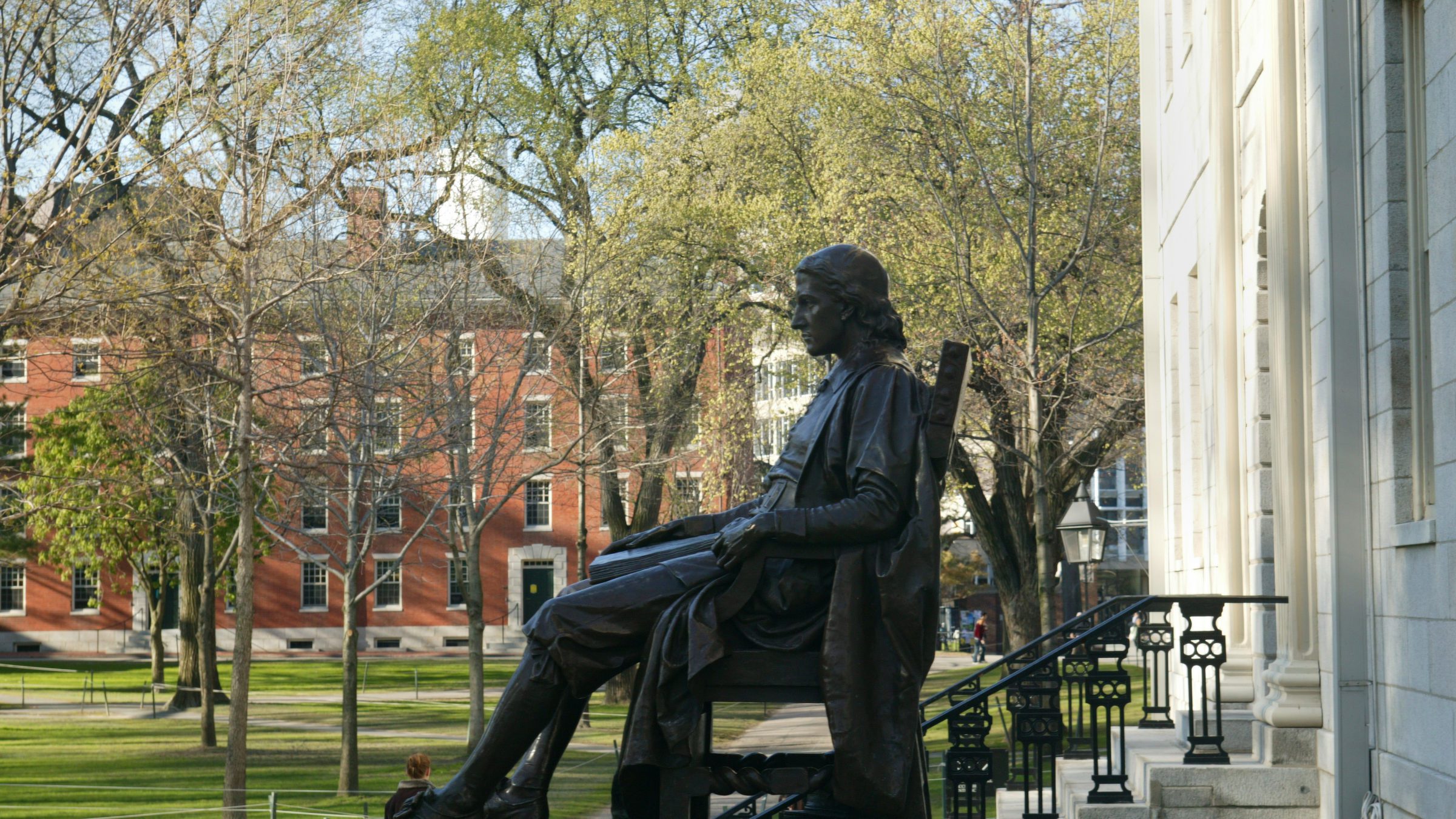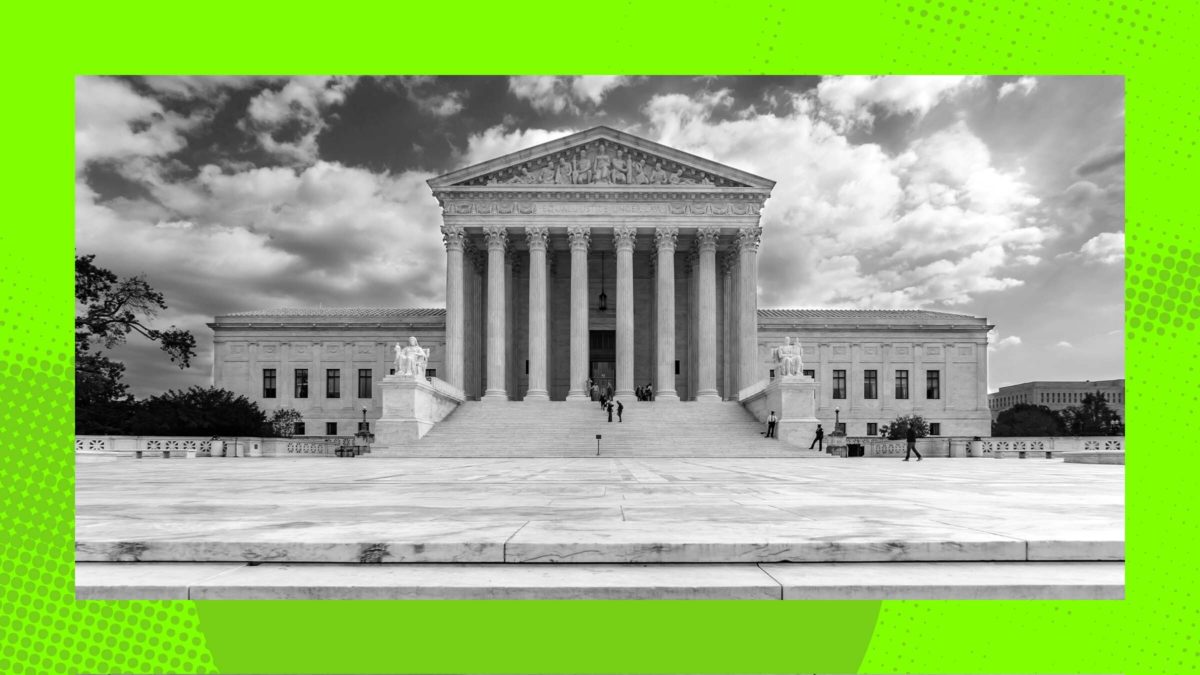For years, conservative activists worked to nibble at the edges of Supreme Court decisions they didn’t like, hoping to undermine them bit by bit. Now a 6-3 conservative majority means they can do what they’ve always wanted: attack decades of precedent without even pretending to offer an alternative.
Late last month, the Court agreed to hear Students for Fair Admissions v. Harvard and Students for Fair Admissions v. University of North Carolina. two consolidated cases that challenge the ability of colleges and universities to consider race as a factor in their admissions processes. The petitioners are not just challenging these schools’ specific policies, though. Instead, they explicitly invite the Court to overrule the leading precedent on this issue, Grutter v. Bollinger. Grutter, decided in 2003, held that if schools consider race as part of an individualized review process, and didn’t automatically admit or deny anyone based solely on race, their policies were permissible. Grutter put affirmative action on thin ice, but still preserved the right of colleges and universities to ensure diversity in their student bodies by taking race into account.
In place of Grutter, though, the challengers in the Harvard and North Carolina cases propose…nothing, really. In their 44-page plea for the justices to take their cases, the petitioners spend all of three paragraphs arguing what Harvard should do to address racial disparities in its student body if the Court were to overturn Grutter: simply “increase its preference for the socioeconomically disadvantaged.” As Harvard noted in its brief, doing so would “come at significant costs”—most notably, by decreasing Black representation by almost one-third.
For North Carolina, SFFA offers a similarly vague solution: Absent the use of racial preferences, they say, “Real diversity would not decline (and would likely improve), given the availability of race-neutral alternatives.” At trial, however, the university’s experts ran over 100 simulated changes to their admissions process and found that no other method would result in a student body as diverse and academically qualified as the status quo.

Harvard College, a famously meritocratic institution, where the acceptance rate for legacy applicants is, uh, about 33 percent (Photo by Rick Friedman/Corbis via Getty Images)
Affirmative action programs like these are designed to address a pernicious and continuing problem in American higher education: that Black and Latinx students are wildly underrepresented. Even as populations of Black people have increased in nearly every state over the past two decades, 57 percent of the most selective colleges and universities actually saw a decline in admissions for Black students. The Students for Fair Admissions petitioners aren’t trying to fix Harvard admissions specifically, or college admissions generally. They’re trying to destroy one of the meager ways this country displays a commitment to righting historical wrongs, particularly for Black people. The entire enterprise is reminiscent of Chief Justice John Roberts’s blithe statement in a 2007 school desegregation case: “The way to stop discrimination on the basis of race is to stop discriminating on the basis of race, ” he declared, apparently under the impression that entrenched racism will simply disappear if educational institutions are prohibited from acknowledging it exists.
If this bleak nihilism—this rush to tear down—sounds familiar, that’s because it is: This year, the Court is also almost certainly going to dismantle Roe v. Wade and end five decades of a federal constitutional right to abortion care. Although the case, Dobbs v. Jackson Women’s Health Organization, is about the constitutionality of a particular anti-choice Mississippi law, the state argues that “the best resolution is overruling Roe” and its progeny altogether. The timing of this challenge is not a coincidence: Mississippi originally petitioned the Court to “revisit the wisdom” of parts of existing abortion rights precedent. After Justice Amy Coney Barrett’s confirmation, however, the state quickly shifted gears and asked the Court to overrule Roe entirely.
If you’re a conservative activist, why not shoot for the moon? This is a Court custom-built to start a conservative revolution. As Principal Deputy Solicitor General in the George H.W. Bush administration, Roberts co-wrote a brief arguing that Roe was “wrongly decided” and found “no support in the text, structure or history of the Constitution.” In a 1985 Department of Justice job application, Justice Samuel Alito wrote that he was was “particularly proud of my contributions in recent cases in which the government has argued…that the Constitution does not protect a right to abortion.” Justice Clarence Thomas hates abortion so much that he has his own library of dissents on the subject, all reiterating that he remains “fundamentally opposed to the Court’s abortion jurisprudence.”
If you’re a conservative activist, why not shoot for the moon? This is a Court custom-built to start a conservative revolution.
The Trump justices are no different. During oral argument in Whole Women’s Health v. Jackson last year, Justice Neil Gorsuch made clear that he has no problem forcing pregnant people to challenge anti-choice laws in court and simply hope that they win in time to have an abortion. As a federal appeals court judge, Justice Brett Kavanaugh bemoaned the evils of abortion “on demand,” a favorite right-wing talking point that raises the obvious question of when else, exactly, one might want an abortion. Justice Amy Coney Barrett, meanwhile, recently suggested that state “safe haven” laws, which allow a person to surrender a newborn without criminal penalty, could “take care of the problem,” as if giving up a child you carried to term is exactly the same as being able to choose whether to carry the child to term in a first place.
The attacks on affirmative action and abortion are part of a larger conservative project to undo cases at the foundation of modern democratic society. The man behind “Students for Fair Admissions,” for example, is Edward Blum, a former stockbroker who has spent the better part of a decade as one of the conservative legal movement’s most decorated foot soldiers. He was also behind Shelby County v. Holder, which allowed Roberts to obliterate the Voting Rights Act, and Fisher v. Texas, a 2016 challenge to affirmative action that barely survived a Scalia-less Court. If there’s a policy that acknowledges the reality that racism still exists and warps nearly every aspect of American society, people like Ed Blum will be there with a multiyear litigation strategy to undo it.
Even the Courts deciding those cases, conservative though they were, are nothing like this one, a far-right juggernaut where even Roberts’s occasional defections don’t prevent the conservatives from reaching their preferred result. Already, conservatives are teeing up their next culture war: The conservative lawyer who wrote the Texas abortion ban at issue in Whole Woman’s Health recently told the Court that Obergefell v. Hodges, the 2015 case that affirmed the right to same-sex marriage is “as lawless as Roe.” Conservatives got their day in Court to challenge Roe, they’re going to get their day in Court to challenge Grutter, and they may well get their day in Court to challenge Obergefell very soon. Once you have the votes you need, why wait any longer?

